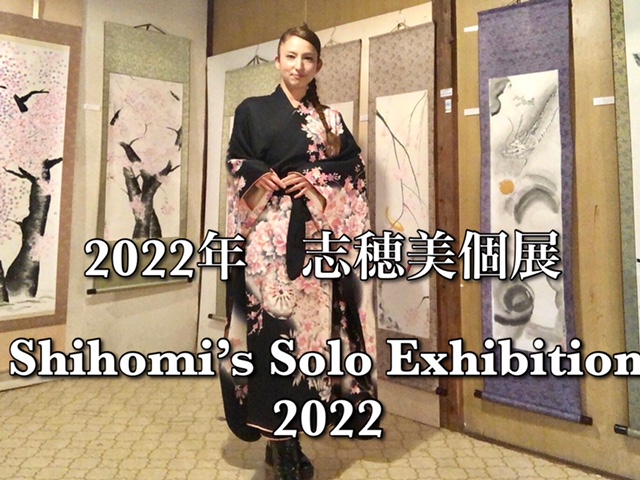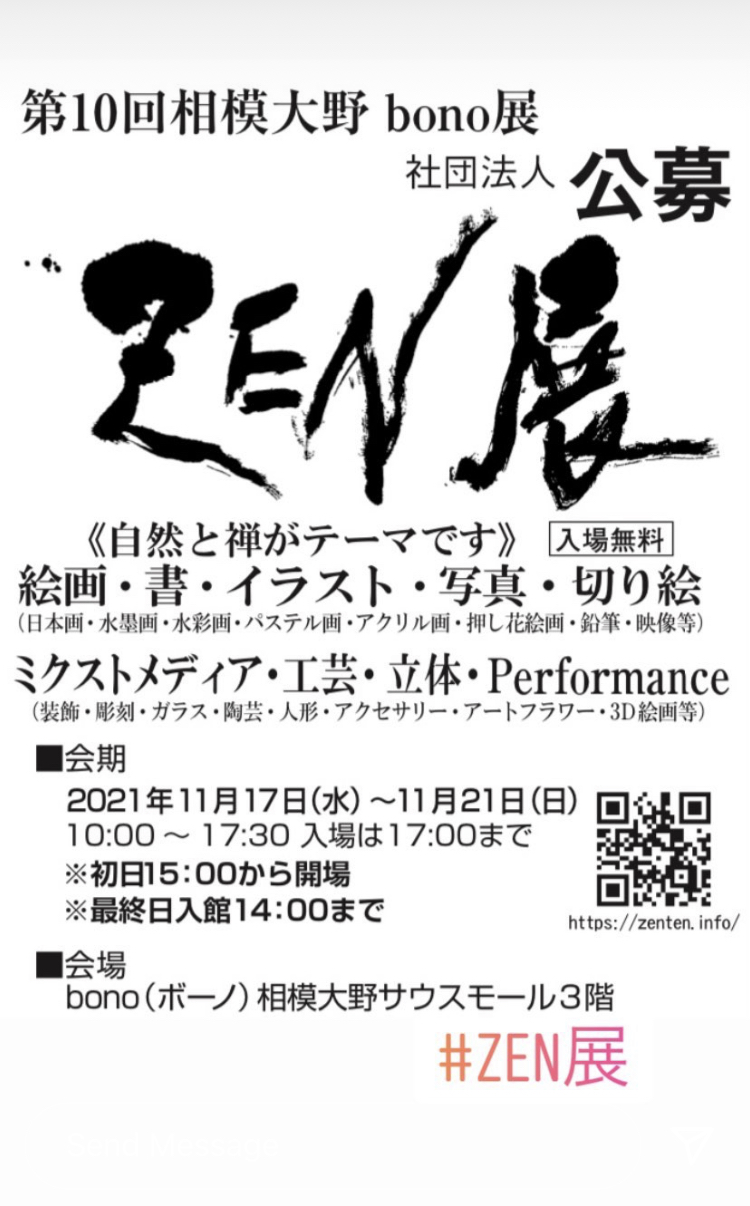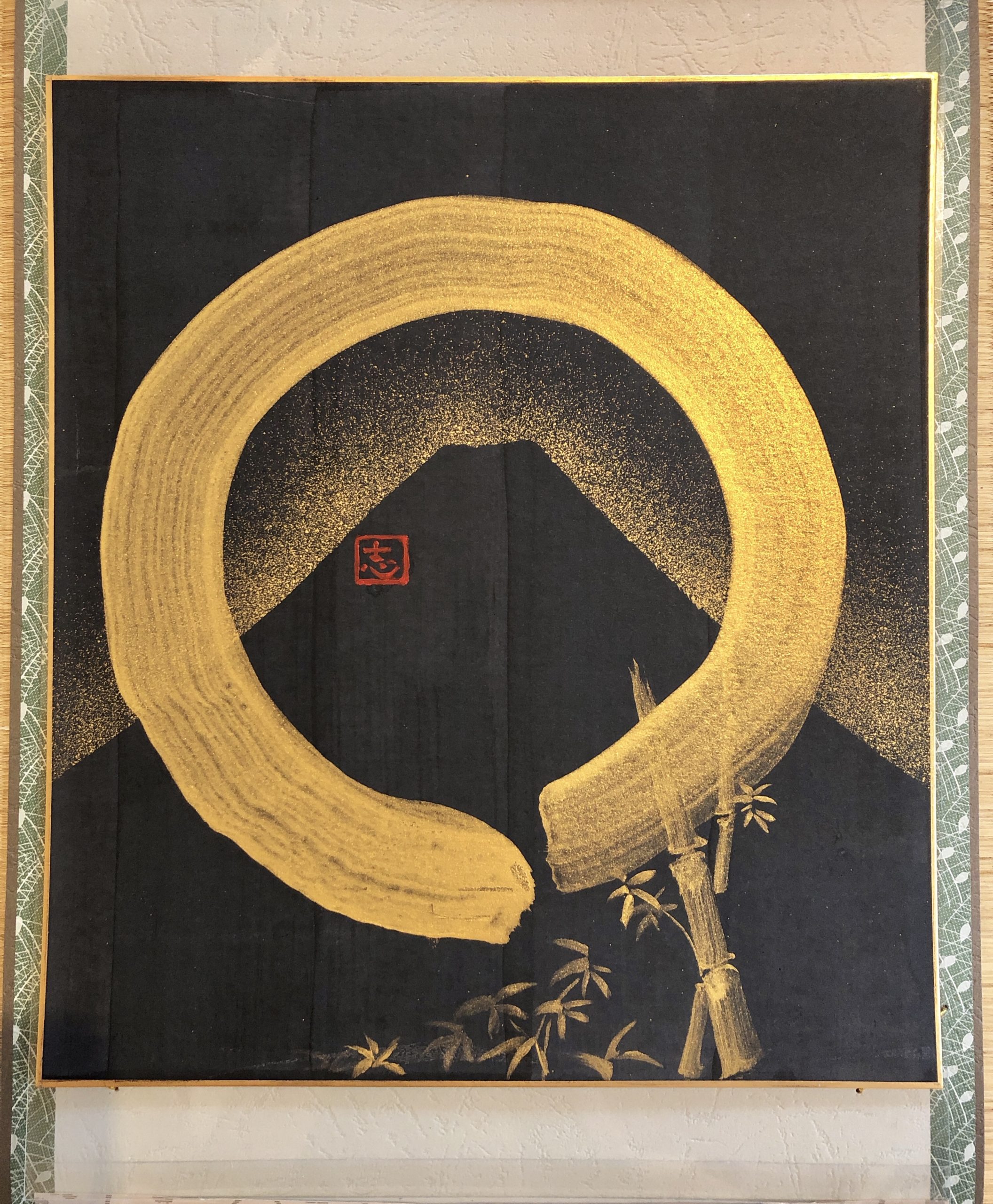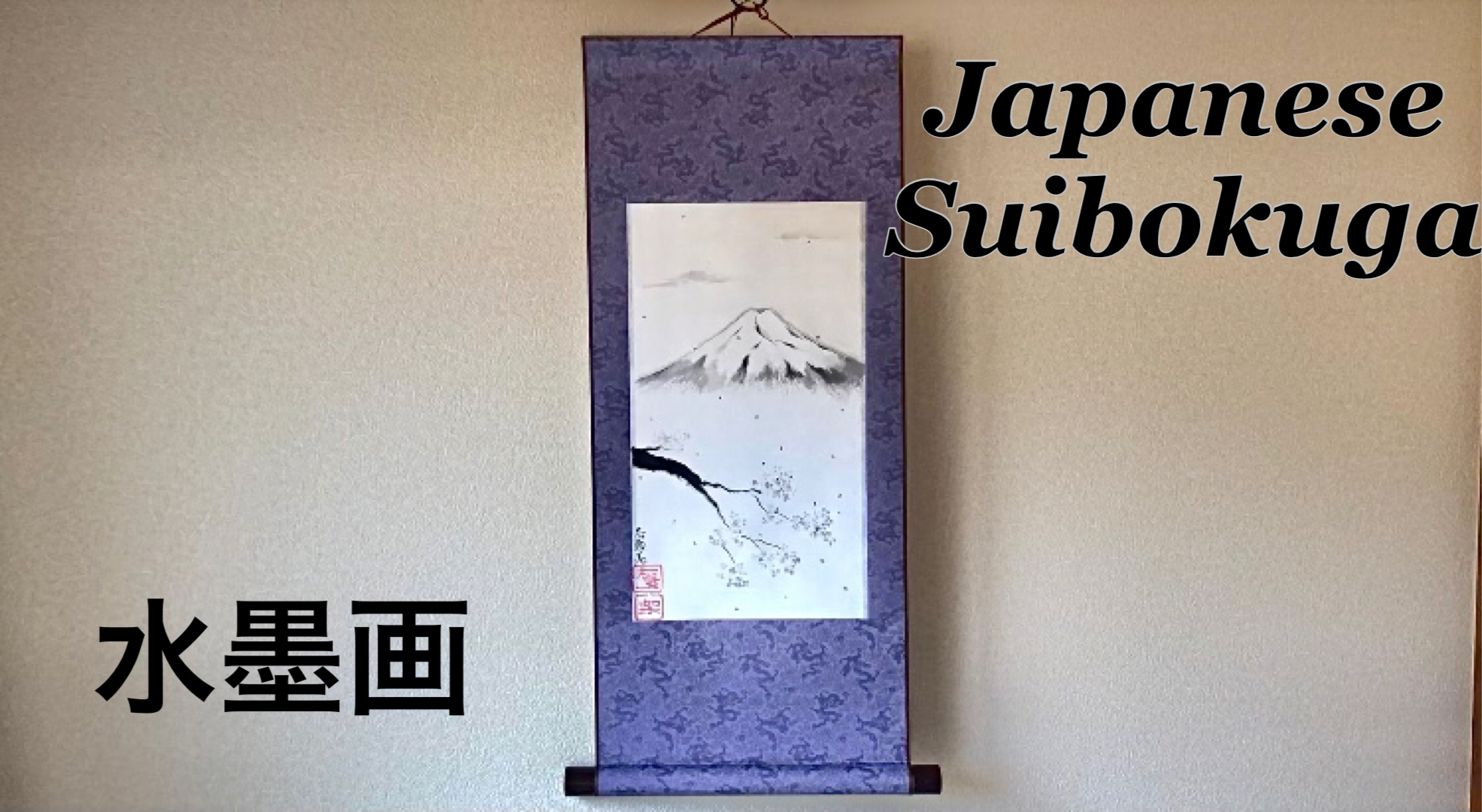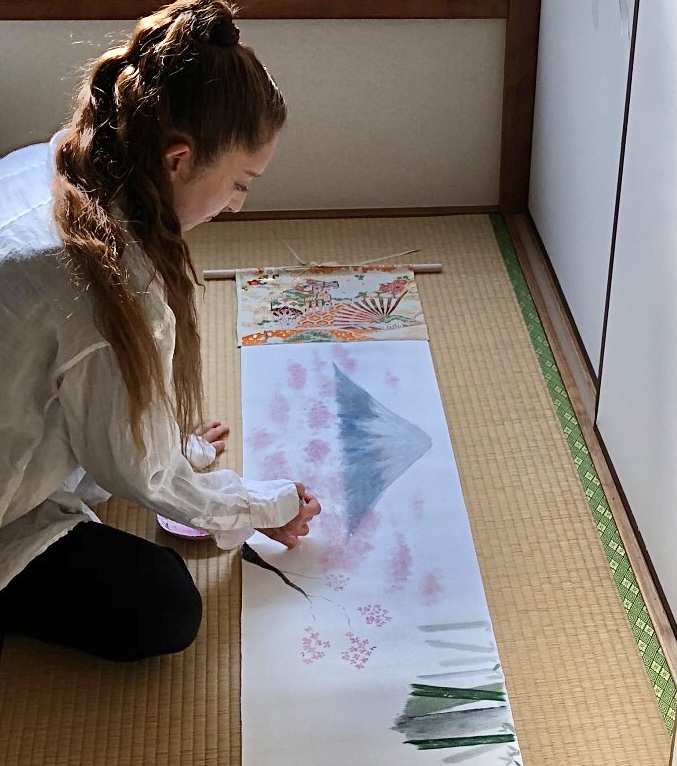dedication my Kakejiku Ryu painting to Ryu temple
I had a grateful opportunity to dedicate my RYU painting kakejiku to RYU temple. With the early morning prayer by the head priest, and meditation, I had a precious moment at the temple. It is such an honor to be …
dedication my Kakejiku Ryu painting to Ryu temple Read more »

